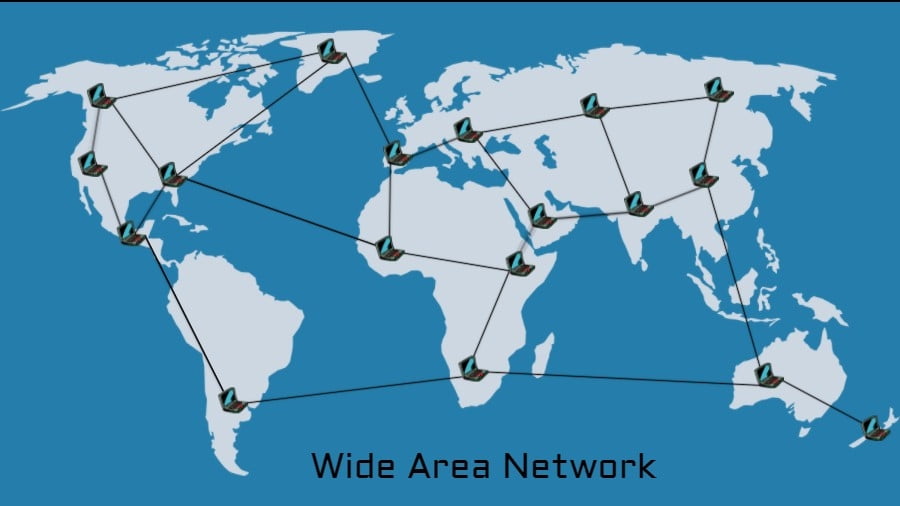Connecting Beyond Borders
Navigating the World of Wide Area Networks (WAN)
Introduction: In our interconnected world, the demand for seamless and efficient communication transcends geographical boundaries. This blog post embarks on an exploration of Wide Area Networks (WANs), the backbone of global connectivity, unraveling the complexities that make distant communication possible.
Section 1: Understanding Wide Area Networks (WANs) Begin by defining Wide Area Networks and their role in connecting geographically dispersed locations. Discuss how WANs facilitate the exchange of data, applications, and services across large distances. Emphasize the contrast between WANs and Local Area Networks (LANs).
Section 2: Key Components of WANs Delve into the fundamental components that constitute a Wide Area Network. Discuss the role of routers, switches, and various networking devices in establishing and maintaining connectivity. Explore how WANs leverage both public and private infrastructure.
Section 3: Connectivity Technologies Explore the diverse array of technologies that underpin WAN connectivity. Discuss traditional technologies like T1/E1, Frame Relay, and ATM, as well as modern solutions like MPLS (Multiprotocol Label Switching), Ethernet, and SD-WAN (Software-Defined Wide Area Network).
Section 4: Challenges in WAN Connectivity Address the challenges associated with managing and maintaining Wide Area Networks. Discuss issues such as latency, bandwidth constraints, security concerns, and the impact of network congestion. Explore how these challenges are mitigated through technological advancements.
Section 5: Security Measures in WANs Highlight the critical importance of security in WANs. Discuss the implementation of encryption, Virtual Private Networks (VPNs), firewalls, and intrusion detection/prevention systems to safeguard data transmitted across the network. Emphasize the need for secure remote access.
Section 6: Cloud Integration with WANs Explore the intersection of Wide Area Networks and cloud computing. Discuss how WANs facilitate connectivity to cloud services, enabling organizations to seamlessly access and deploy applications and data in the cloud. Highlight the role of SD-WAN in optimizing cloud connectivity.
Section 7: Mobile Connectivity and WANs Discuss the integration of mobile devices with Wide Area Networks. Explore how smartphones, tablets, and other mobile devices leverage WANs to connect to enterprise networks, access cloud services, and enable remote work. Discuss the challenges and solutions related to mobile connectivity.
Section 8: Benefits of WAN Optimization Explore the concept of WAN optimization and its role in enhancing network performance. Discuss techniques such as caching, compression, and protocol optimization that improve the efficiency of data transfer across Wide Area Networks.
Section 9: Future Trends in WAN Technology Examine emerging trends and technologies that are shaping the future of WANs. Discuss the role of 5G connectivity, edge computing, and the continued evolution of SD-WAN in redefining how organizations approach global connectivity.
Conclusion: Summarize the crucial role that Wide Area Networks play in connecting businesses, institutions, and individuals across the globe. Emphasize the ongoing evolution of WAN technology and its pivotal role in supporting the digital transformation of the global economy.
Closing Call-to-Action: Encourage readers to share their experiences with Wide Area Networks or ask questions related to global connectivity. Invite them to stay informed about evolving WAN technologies and consider how WAN solutions can enhance their organization’s connectivity and collaboration.

